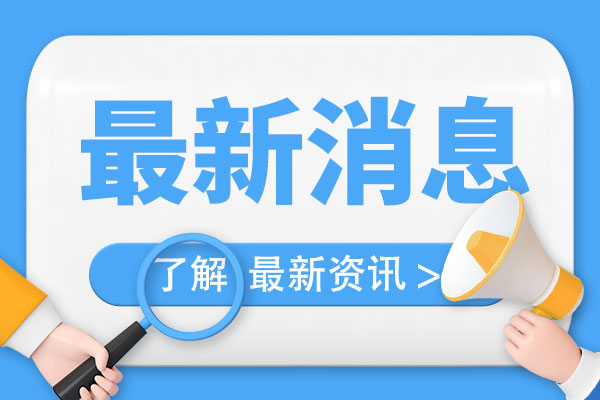China accelerates internalization of its standards

Amid the mountains of Indonesia's Java Island, a sleek silver-and-red bullet train glides along the Jakarta-Bandung High-Speed Railway. Once a three-hour journey, the trip now takes as little as 40 minutes, a change locals notice daily.
As the first high-speed railway in Indonesia and Southeast Asia, the Jakarta-Bandung line is a flagship project of China-Indonesia practical cooperation that aligns China's Belt and Road Initiative with Indonesia's vision of Global Maritime Fulcrum, and its entire technical standards draw on Chinese specifications.
Delivering the project required overcoming the tropical climate and complex terrain. Joint Chinese-Indonesian engineering teams made dozens of localized adjustments to ensure the seamless application of China's high-speed rail standards across the entire system, component sets, and industrial chain.
The project created 51,000 local jobs during construction and now provides 1,500 stable positions in operation, catalyzing new commercial districts around station areas and injecting fresh economic momentum into the region.
Thousands of miles away, at the China-Zambia Agriculture Standardization Cooperation Demonstration Zone, farmers are adopting standardized practices introduced by Chinese experts.
"In the past, we farmed by instinct. Now we apply fertilizer based on precise data," said local farmer Charles. Since adopting these standards, marigold oil yields have risen by 15 percent, doubling his family's annual income.

According to Cao Lili, director of the sub-Institute of standardization theory and strategy of the China National Institute of Standardization, Chinese experts worked across Zambian farms to co-develop more than 30 agricultural standards tailored to local conditions - what she calls a "golden key" to improving agricultural efficiency and productivity.
Beyond exporting products, China is increasingly sharing rules and methods: standards are becoming a form of "soft infrastructure" connecting China and global markets. From 2021 to 2025, China has led the formation of 1,079 international standards and advanced mutual recognition for over 500 standards. It has assumed 26 new secretariats of international standardization bodies in sectors such as advanced equipment and smart manufacturing. In emerging fields including new energy vehicles, advanced power systems, and aerospace, China has submitted 880 new proposals for international standards and led the formulation of 532 international standards, expanding the reach of Chinese standards.
Unified technical specifications have also supported trade in major product categories such as photovoltaics, new energy vehicles, and household appliances, noted Xiao Han, director general of the Standards Innovative Management Department of the State Administration for Market Regulation.
"For example, the China-led international standard for nano-silicon-based anode materials in lithium-ion batteries established key performance indicators for the first time, promoting collaboration and integration along the industrial chain.

Driven by the digital economy and rapid technological innovation, emerging industries increasingly rely on China-led international standards as common technical frameworks that strengthen development foundations and enable cross-border collaboration.
"For example, China spearheaded the world's first international standard for elderly care robots, establishing reference benchmarks for design, manufacturing, testing, and certification. This standard will guide the high-quality growth of the global elderly care robot industry, benefiting elderly populations worldwide," Xiao noted.
In recent years, China has reinforced the systems and mechanisms underpinning high-level opening up. According to Cao, standard internationalization is both a core element of institutional opening up and a strategic path for China's participation in global governance.
"First, alignment with widely accepted international rules reduces the costs associated with technical barriers to trade, consistent with the WTO's principle of preventing standards from becoming trade barriers," Cao explained.
"Second, it deepens China's integration with partners in technology, industry, and markets, enabling regional value chains based on mutual recognition of standards and supporting the dual circulation of domestic and international economies," Cao said, adding that finally, it operationalizes the principle of extensive consultation, joint contribution, and shared benefits in global governance, fostering an open, stable, and prosperous world economy.
来源:人民网
编辑:胡烨晨
审核:郑颖、齐美煜
监制:张晶





























